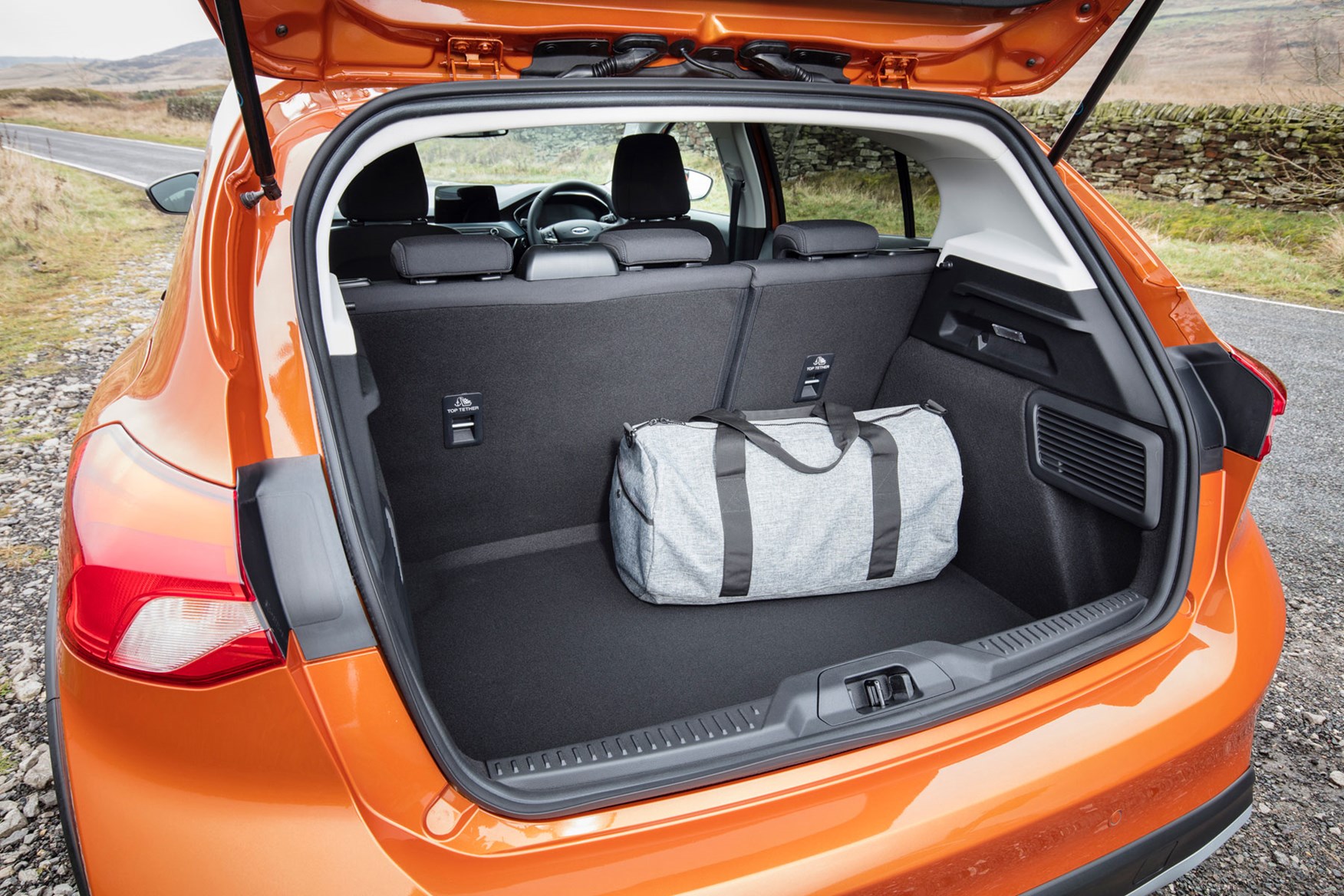
If you are looking for a car that has high performance but low profile, the sleeper cars might be right for you. These cars are often branded as economy or standard cars, but have the performance to match. In this article, we will look at the Saab 9-2x Aero and Ford Taurus SHO. You'll be pleased with the features of these vehicles if you are interested in purchasing one.
Audi 90 Quattro
While sleeper cars have been around for a while, this class is very popular in the United States. Although the cars may not be the most flashy, they are quick and efficient. The performance of sleeper cars may be enhanced by modifications. Audi offers a wide range of models, so no matter what your preferences may be, it is a great company. Our dealership is located in Malvern and proudly serves customers in the areas of Devon and Malvern.

Ford Taurus SHO
The Ford Taurus SHO was first and foremost known for its engine. It looked just like any other first-gen Taurus. It was not a classically beautiful car, but it certainly wasn't a bad looking one. Some owners say it's one of Ford’s most desirable sleepers cars. Below are five of the most notable Ford Taurus SHO sleeping cars.
Subaru Legacy Spec. B
Subaru Legacy Spec. B is one of the sleepers cars of the Subaru lineup. This car looks more like a lesser version of the sedan than a performance model. It has 18-inch alloy wheels, a dark silver paint job, and red leather interior. The Spec. The Legacy manual B is the only one with a navigation system. A five-speed manual transmission is also available. It features the same driveline as the standard Legacy.
Saab 9-2x Aero
The Saab 9-2X Air is the performance version, nine-year old nine-seater. Like the Subaru WRX it used a flat-4 engine with turbochargers. The five-speed manual transmission was also used. It is similar in its styling, and features a firmer suspension and softer dampers. Saab engineers also improved handling by tweaking the suspension. They added firmer springs to the suspension and stiffer bushings at the front control arms. The 9-2X Aero is slightly heavier than its sister but can still accelerate from 0-60 in under five seconds.
Tesla Model X
The full Model X is larger and has 20-inch wheels and bigger brake calipers, but the sleeper version works better for daily commutes and longer distances. Although the low profile tires and wheels are not the best for urban streets, the performance version is more suitable for track racing. These are just a few of the things you should consider when choosing a sleeper option to your Model X.

Nissan 350Z
The Nissan 350Z is a rear-wheel-drive sports car. It was designed and built by Ajay Panchal of Nissan Design America. Its front-wheel drive and the short deck design appeal to enthusiasts. However, the cabin is small and the cargo area is not. This car is not the best. The car also receives poor reviews from those who own it. We'll be taking a closer look at 350Z in this article.
FAQ
What's the difference between a mechanic and an automotive technician?
Both are related, but they are not the same. A mechanic repairs cars while an automotive technician does maintenance on them.
A mechanic should be able to do simple tasks quickly and have good manual dexterity. They should also be able correctly diagnose and repair any problems.
An automotive technician needs to be more technically skilled than a mechanic. They must be capable of reading blueprints and using tools such as drills, wrenches, etc.
They must also be able perform complex procedures safely. They must be familiar with all types of electrical and engine systems.
They must also be capable of understanding how parts interact.
The result is that a mechanic often earns less than an auto technician. There are many job opportunities in both.
What qualifications do I need to become a mechanic?
A series of exams is necessary to become a mechanic. These exams include:
-
A general knowledge exam
-
Practical exam
-
An apprenticeship test
These tests will ensure you are familiar with the fundamental concepts of mechanics and physics before starting to work as a mechanic.
After passing these tests, you will be eligible to become a mechanic. You will still need to complete an apprenticeship. This will involve trade training.
To be able to repair vehicles, you'll need classes or workshops. Working alongside skilled mechanics is also a must.
A mechanic must be highly focused and attentive to detail in order to succeed. You'll need to pay close attention to every aspect of vehicle repairs.
To be a successful mechanic, patience and perseverance are essential. If you don’t like following directions, then this career path may not suit you.
But if you love cars and enjoy fixing them, you could be very happy in this line of work.
What can I do to fix my car as an hobby?
Why not make it a hobby if you're interested in cars? You could repair them yourself, buy parts for them and sell them. Or just have fun with them. It's a fun hobby that you can do if it interests you.
It isn't easy to turn it into a full time job. It takes a lot of dedication and hard work. Also, you will need to put a lot of money into it.
You might not have a compelling reason to get involved in the car industry.
How long is an automotive course?
An automotive course lasts 3 years.
The first year of your training is devoted to theory. You will learn all about cars. The second year is dedicated towards practical training. This includes learning how to drive, fix engine problems, and doing other maintenance jobs around your car. The final year is spent doing a placement at a local garage, which gives you experience in fixing real-world problems.
Statistics
- According to the BLS, total auto technician employment is expected to exceed 705,000 by 2030. (uti.edu)
- The U.S. Bureau of Labor Statistics (BLS) reports that the job outlook for automotive service technicians and mechanics is expected to decline by 4% from 2019 to 2029. (indeed.com)
- According to the BLS, the median annual salary for automotive service technicians and mechanics in the United States was $44,050 in May 2020. (uti.edu)
External Links
How To
How to diagnose your vehicle properly for repair
To determine if your car needs repairs, you should first look at the symptoms that your car presents. Follow these steps to properly diagnose your vehicle.
-
Check engine lights. Inspect the dashboard light indicators. These include the engine lights, the oil pressure gauge and the battery light indicators. The RPM gauge and coolant temperature gauge should also be checked. If they have been flashing for more days than usual, it could be a sign that something is wrong with the vehicle.
-
Take a look at the treads. If the tires are worn out, they could cause problems with handling and braking. You should inspect the treads on your wheel. They should look clean and be smooth. It is best to take off the wheels and remove them. You can check the tread wear with a flashlight.
-
You should always monitor the level brake fluid. It is important to keep track of how much brake fluid you have in your car. You can ensure that your brakes are working properly by monitoring the level of brake fluid in your vehicle. Low brake fluid levels can cause brake failure when you apply pressure.
-
Make sure to test the suspension system. It is common for vehicles to have a suspension system which absorbs shocks or vibrations. It allows for better control, smooth acceleration, and deceleration. If your vehicle has a suspension problem, it might feel wobbly or shake uncontrollably. To test whether your vehicle has a suspension issue, try putting weight on the front or rear axle and observe the movement.
-
Examine your steering column. Steering columns connect the steering wheels to other parts of the vehicle. Sometimes, steering columns are damaged by accidents. If yours feels loose or shaky, you should replace it.
-
Observe the exhaust pipe. The exhaust pipe helps move gases from a combustion chamber into the atmosphere. Exhaust pipes that are cracked or leaking can allow harmful fumes to enter your cabin. Additionally, your tailpipe should be fixed immediately if it is bent.
-
Check under the hood. Check under your hood for any unusual or missing components. Leakage of fluids in your engine could indicate that it is leaking. If you smell something strange coming from your engine compartment you should call a professional technician.
-
You should inspect your air filter. The outside environment can collect dust and other debris in your vehicle's air filters. Dirty air filters can cause your vehicle to run poorly. Replace your air filter regularly.
-
Make sure you check the fan belt. Your vehicle's fan belt connects the engine to the transmission. The engine will not turn if the fan belt breaks. It's easy to replace the belt. All you need to replace the belt is a screwdriver with pliers.
-
You should inspect the radiator and hoses. The radiator hose carries water from the radiator to the engine. It can cause hot liquid to leak onto the engine if it is damaged or cracked. To repair the hose, you will only need to use a pair needle-nosepliers and a wire brush.
-
Check the windshield wipers. Windshield wipers use electricity to clean away snow and rain. If they stop functioning, they can leave streaks in your window glass. Simply change the washer oil to fix the problem.
-
Check the battery cables. Your car's electrical system is powered by batteries. Make sure you disconnect the negative cable before replacing batteries. Failure to do so can damage your alternator.
-
Pay attention to your headlights. The headlights provide illumination for the road ahead. They can make it difficult to see if they stop working. Inspect the bulbs for signs of burnt out.
-
Always check your lights. When you approach them at night, the lights warn other drivers. It could cause distraction and even lead to an accident if it doesn't work.
-
Inspect your brakes. Brakes will reduce the speed of your car in case of an accident. If your brakes aren't working properly, you may lose control and crash into other cars.
-
Change the oil. The oilkeeps your engine lubricated. This oil helps to prevent metal parts becoming too worn out. It is recommended that you change your oil at least once per month.